Whale Unit (and the Arctic) — Icebergs, Blubber experiment, Buoyancy and more
Whales are able to survive in the frigid waters of the Arctic. In this series of activities the kids and I explored how that is possible.
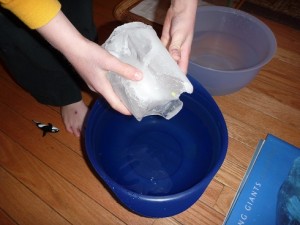
We also talked about the fact that wooly mammoth remains have been frozen in the ice. A wooly mammoth calf was found in Siberia, Russia just in the last five years. We talked a bit about the Ice Age and what other animals lived then–the saber toothed tiger, etc. (We talked about our trip to see some ice age animal fossil remains in Tennessee last fall.)
Blubber as Insulation:
Soon enough the water was quite cold and we did the famous blubber experiment… the one where you place shortening in a plastic bag and then put another plastic bag inside the other bag. The kids took turns wearing the shortening glove and slipping both hands into the cold water. The PBS website had a good overview of this experiment and we talked about the background information provided at that website. I also printed out some other information about blubber I found online and read them excerpts from that. We talked about how blubber acts as an insulation. (A few days earlier we had done an activity that talks about insulation. I’ll share that below.)
What makes good insulators?:
The other experiment we did relating to insulation was suggested at the back of the Magic School Bus book about the Arctic. We took a half-dozen piece of bread and toasted them. Then we wrapped the hot toast in various items to see which kept the toast warmest. The kids made predictions about which items were the best/worst insulators. They made a list predicting in order what would keep the bread warmest down to which bread would lose the most heat. For us we found that LD’s down jacket kept the toast the warmest while the toast wrapped (badly) in the black construction paper was coolest.
Blubber and Buoyancy:
Another cute experiment we did involved olives with the pits still in them and shortening. I had to hunt pretty carefully to find olives with the pits still in them (and used green olives). This experiment was to show how blubber helps whales come to the surface for air.
First we dropped an olive into our bowl of water. It immediately sank to the bottom.
Then we smeared shortening on the olive as best we could and dropped it into the water. As long as the shortening stayed on, the olive bobbed and floated at the surface of the water. Even when the shortening/olive dove down into the water when it was dropped in, it immediately jumped back up. It was a really cute activity!
It just so happens that Dad took the kids to Burger King last weekend and they got a free toy — a whale with a skeleton inside. That was perfect because it showed how there was plenty of space between the skeleton and the outer skin for the blubber (and proved to ED that the blubber wouldn’t fall off!)
Here’s the whale the kids happened to get last weekend. Perfect timing! We talked about how the blubber lies just beneath the surface of the whale’s skin… this made the perfect visual for ED (who is 4).
Ocean Unit:
Find out more about our whale unit
At the beginning of the year we did a unit on the ocean. We did other activities related to the ocean and ocean animals then as well. I also made various printables (such as the ocean animal math game or vertebrate-invertebrate sort cards pictured below) and you can browse through these pages to see if there’s something of interest if you’re doing an entire unit on the ocean:
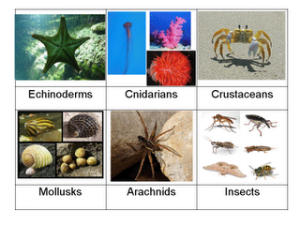
Ocean Packet: You might be interested in our 65+ page packet all about the ocean – marine habitats, ocean navigation, currents & tides, fish body types, bioluminescence and more!
You may also be interested in this whale-themed preschool activity for -in and -it words.
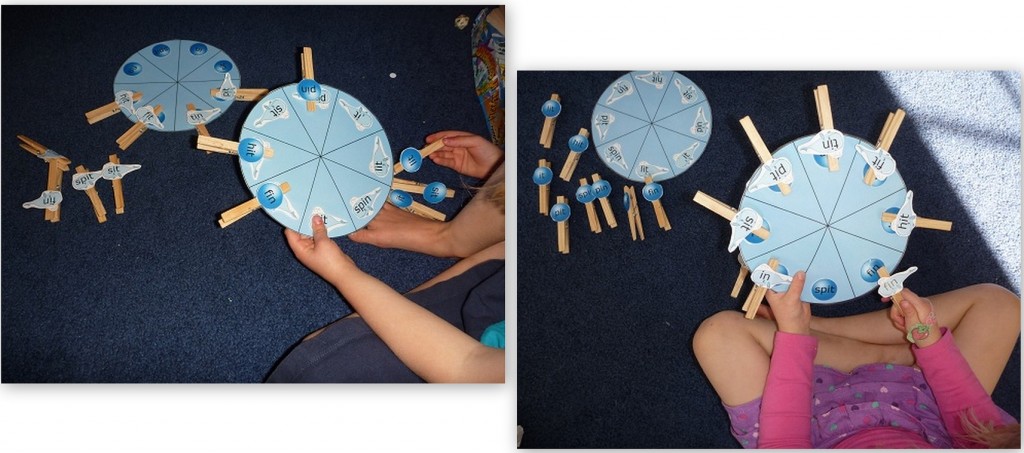


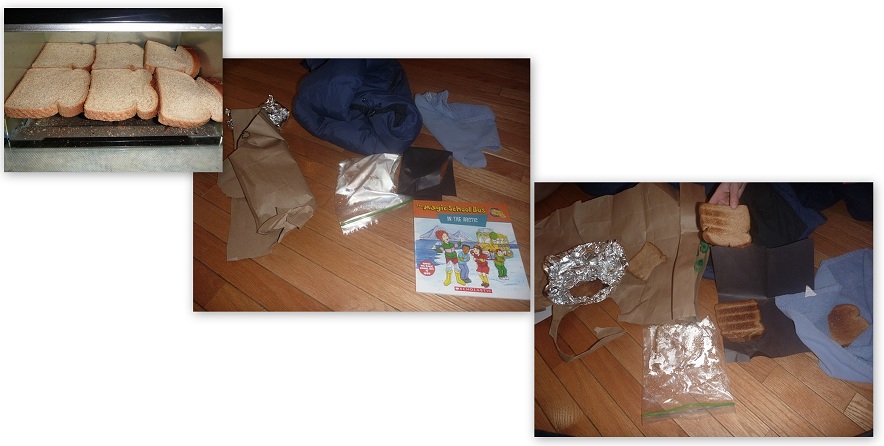
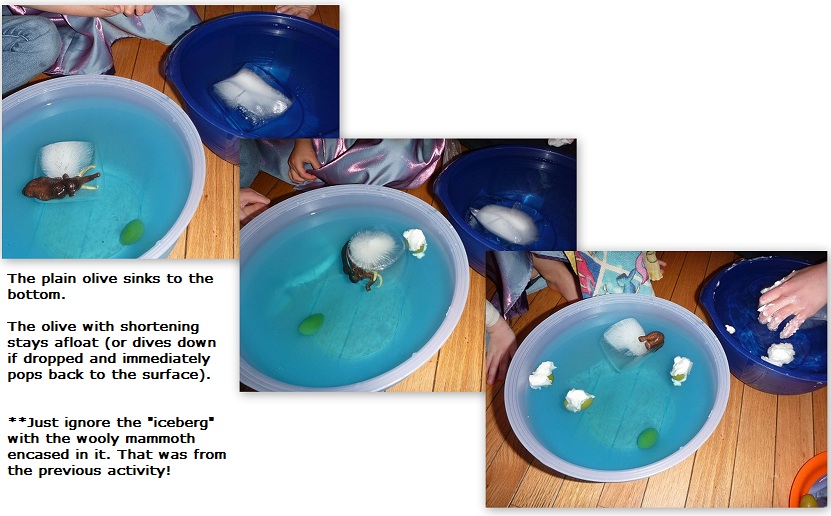
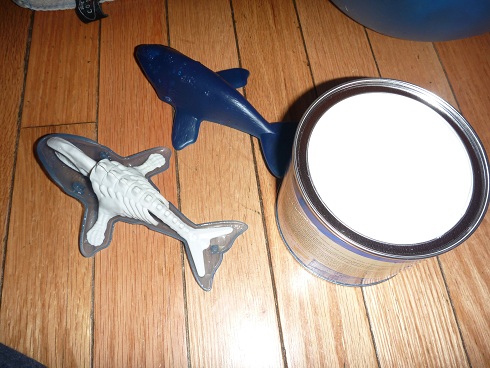
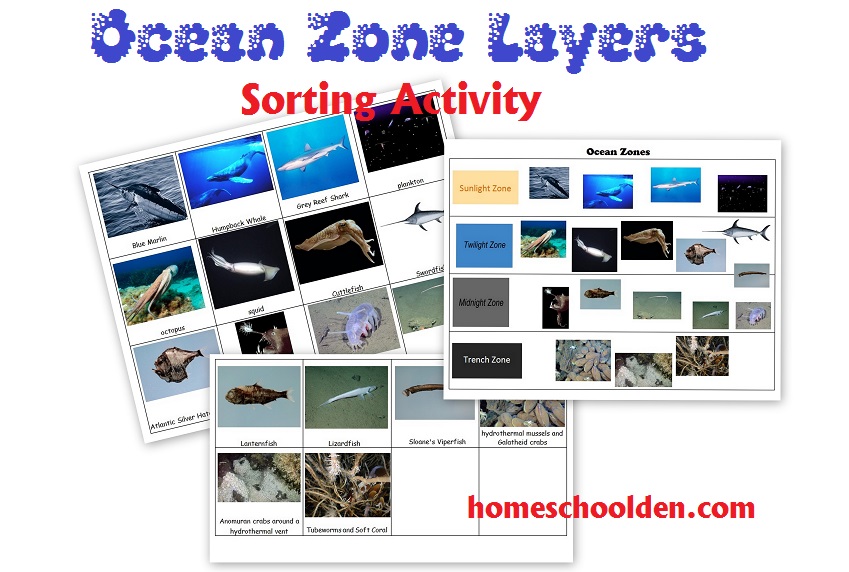
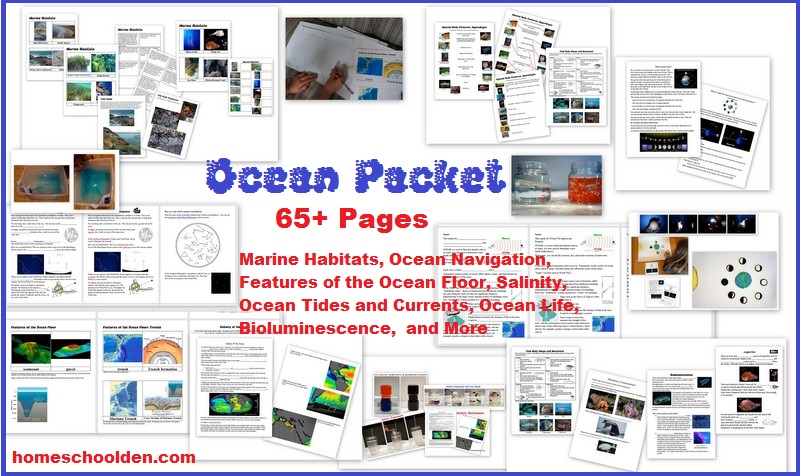






















































1 Response
[…] Did you know the Titanic was struck before midnight on April 14th, but did not sink until 2:00 am on the 15th? Teach your students about icebergs with this iceberg experiment. […]